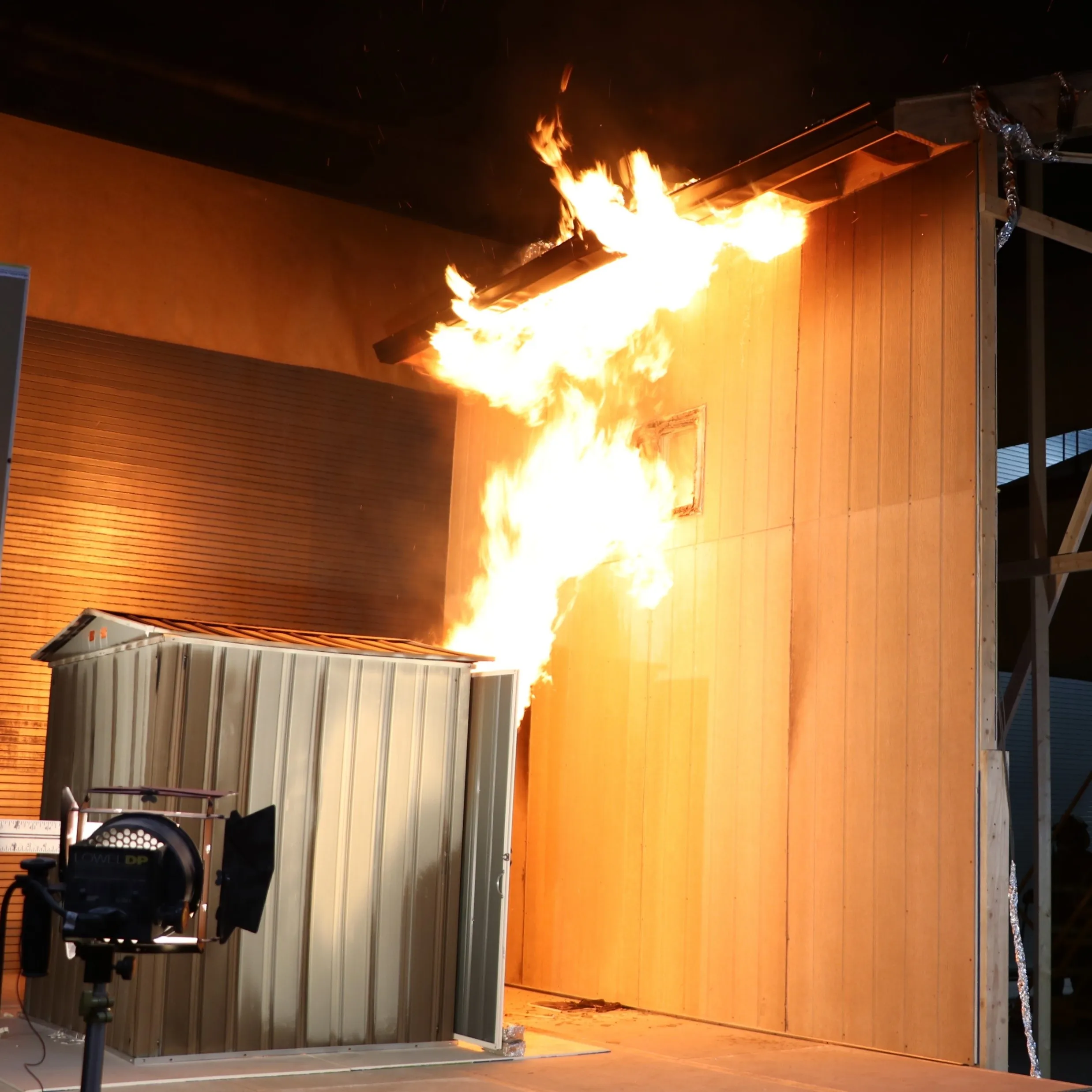
WUI Fire Evacuation and Sheltering Considerations — Assessment Planning and Execution

SHELTER IN PLACE
Shelter-in-place is a protective action where individuals quickly shelter indoors in response to an emergency. This action is accomplished faster than an evacuation because the person is already located in or near the sheltering location and does not require travel. It is a common response for other no-notice hazards, such as tornadoes or chemical releases.
The idea of shelter-in-place is typically employed under three circumstances:
- When it is the only option (i.e., entrapment),
- When evacuating would lead to entrapment, or
- As a predetermined course of action for refuge or to protect the home.
Due to combustible construction materials, fuel accumulation
and agglomeration, high structure density, and existing
ignition vulnerabilities, many communities are not generally
suitable for stay and defend, and nearly all are unsuitable for a
more passive shelter-in-place approach.
Additional research is required to identify and design safe
areas for community refuge, and to standardize an approach
for assessing whether a structure is defensible.

Credit: NIST
Experiments show that a residential structure with a hardened exterior can still ignite relatively easily from a fire burning typical WUI fuels, like this storage shed.



